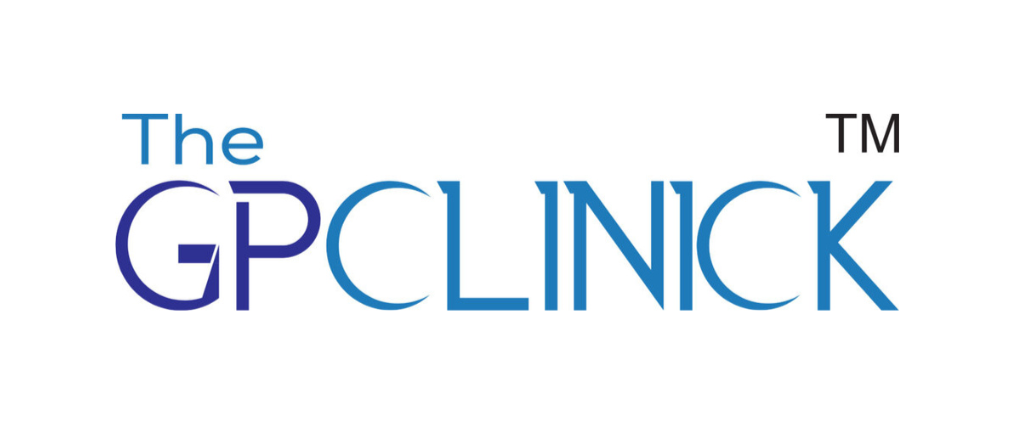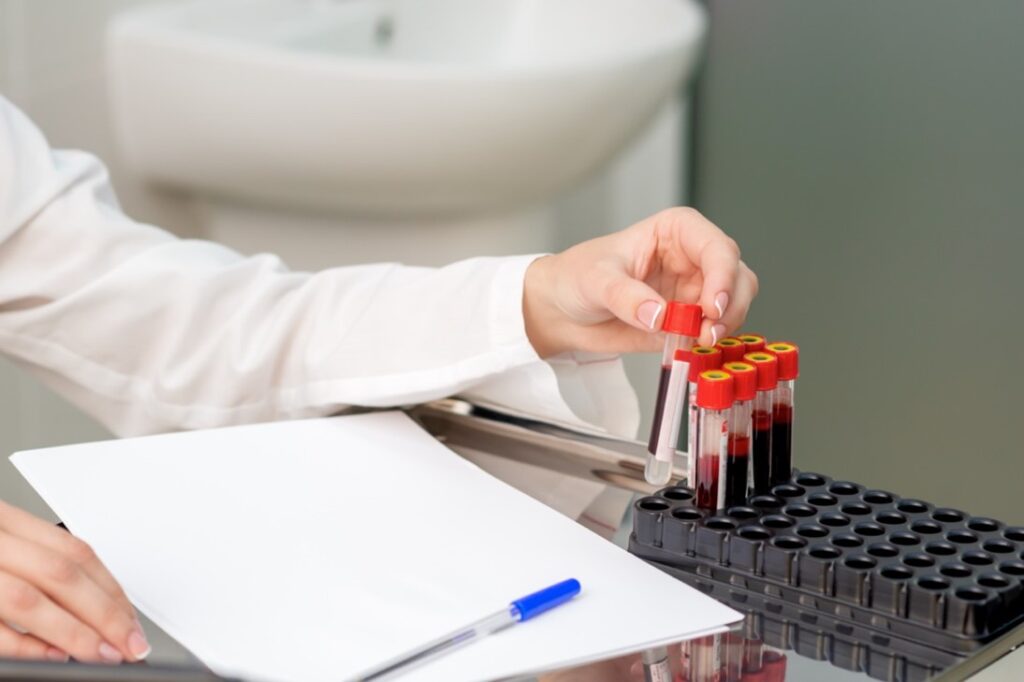When it comes to ensuring the safety of blood transfusions, knowing your ABO blood group is crucial. Thanks to the innovative gel card method, determining your blood type has become quicker and more accurate than ever before.
Let us shed some light on this advanced technique that’s revolutionizing the way medical professionals work with blood.
What is the ABO Group by Gel Card Method?
- The ABO group by gel card method is a modern approach to blood typing.
- This technique uses a card that contains microtubes filled with a special gel and antibodies specific to different blood types.
- When your blood is mixed with these antibodies and centrifuged in the gel card, it reacts in a way that clearly indicates your ABO blood group.
The Simplicity of the Gel Card Method
- The beauty of the gel card method lies in its simplicity and precision.
- A small sample of your blood is enough to perform the test.
- After adding the blood to the card and processing it, the gel’s reaction to your blood provides an easy-to-read result that indicates your blood type, ensuring compatibility for transfusions or surgeries.
Why is Accurate Blood Typing Important?
- Accurate blood typing is critical because receiving blood that does not match your ABO group can lead to serious and potentially life-threatening reactions.
- Whether for a routine checkup, before a surgical procedure, or in emergency situations, having this information readily available is key for patient safety.
The Advantages of Gel Card Typing
Using the gel card method offers several benefits:
- Speed: results are available much faster than traditional methods.
- Accuracy: it reduces the chances of human error, providing highly reliable results.
- Convenience: the process is straightforward and less labor-intensive for laboratory technicians.
Who Needs to Know Their Blood Type?
Literally, everyone can benefit from knowing their blood type. It is particularly important for:
- Pregnant women: to prevent potential blood group incompatibility with the newborn.
- Surgery patients: to ensure the right blood type is available if transfusions are needed.
- Emergency situations: where rapid blood type identification can save lives.
In conclusion, the gel card method is a perfect example of how medical advancements make critical processes like blood typing more efficient and safe. It is a testament to the healthcare industry’s commitment to adopting innovative solutions for better patient outcomes.



